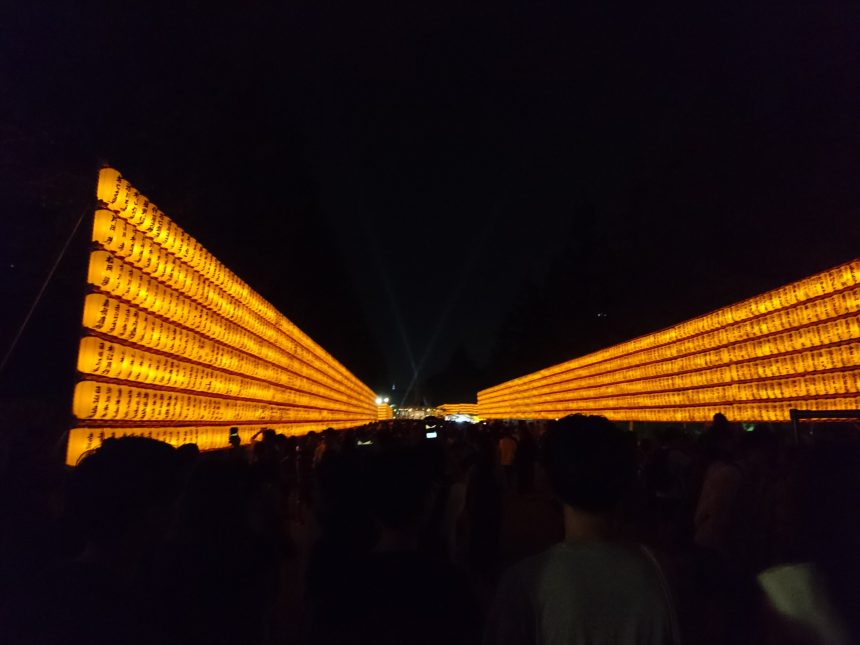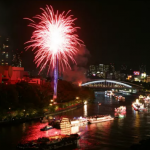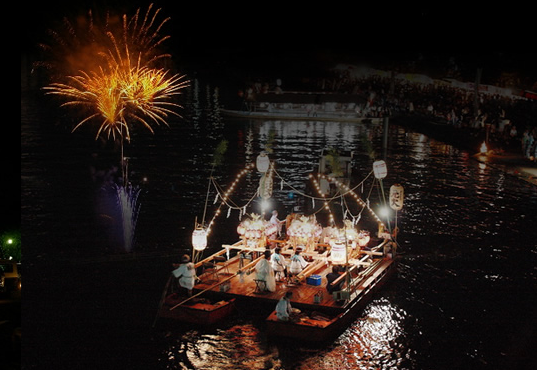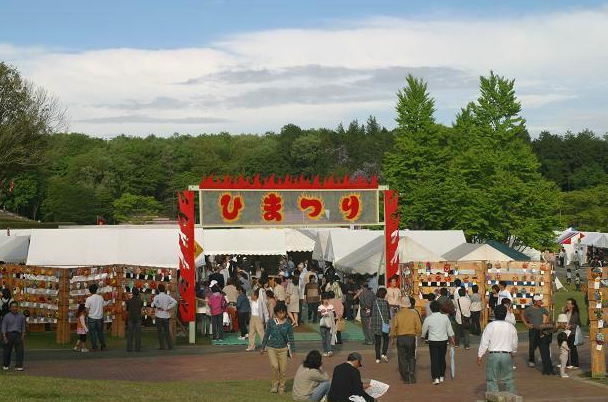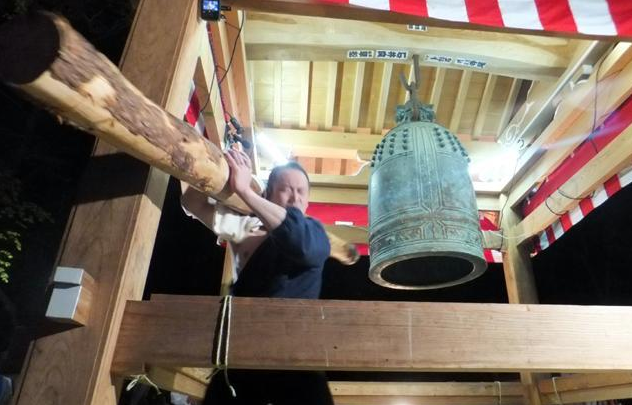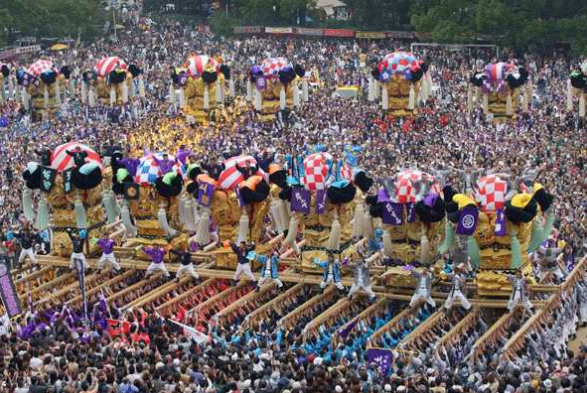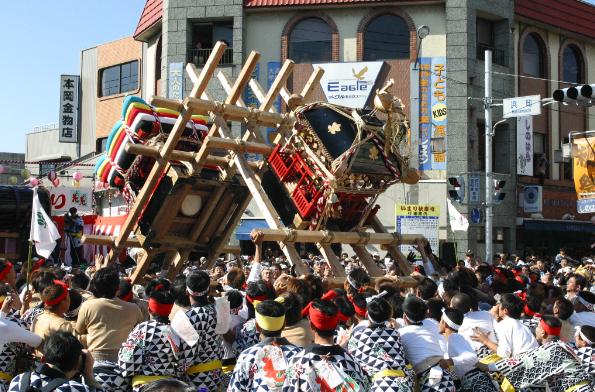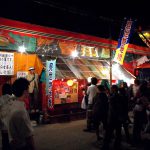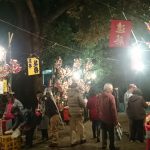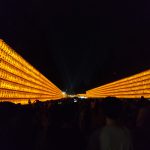Chiyoda Ward: From Politics and Business to Tourism
Chiyoda Ward, home to the Imperial Palace, Kitanomaru Park, and Chidorigafuchi, is known for its abundant nature. At the same time, it serves as the political center of Japan with landmarks such as the National Diet Building and the Kasumigaseki government district. The business districts of Marunouchi and Otemachi add to the diversity, making it a bustling area frequented by various people.
Chiyoda Ward offers a wide array of landmarks and tourist attractions. The Mitsubishi Ichigokan Museum, a brick building that stands out in the office district, is one such example. Its stylish interior and Western-style architecture provide a refreshing escape from the city.
For entertainment, the Imperial Theatre and Nippon Budokan host concerts and shows. Shoppers will enjoy commercial facilities like Yurakucho Marui and Tokyo Station’s Ichibangai. Unique areas such as the bookstores in Ochanomizu and the electronics district of Akihabara offer a different experience, ensuring that there’s something for everyone. With so many spots to explore, visitors are sure to find a place that matches their interests.
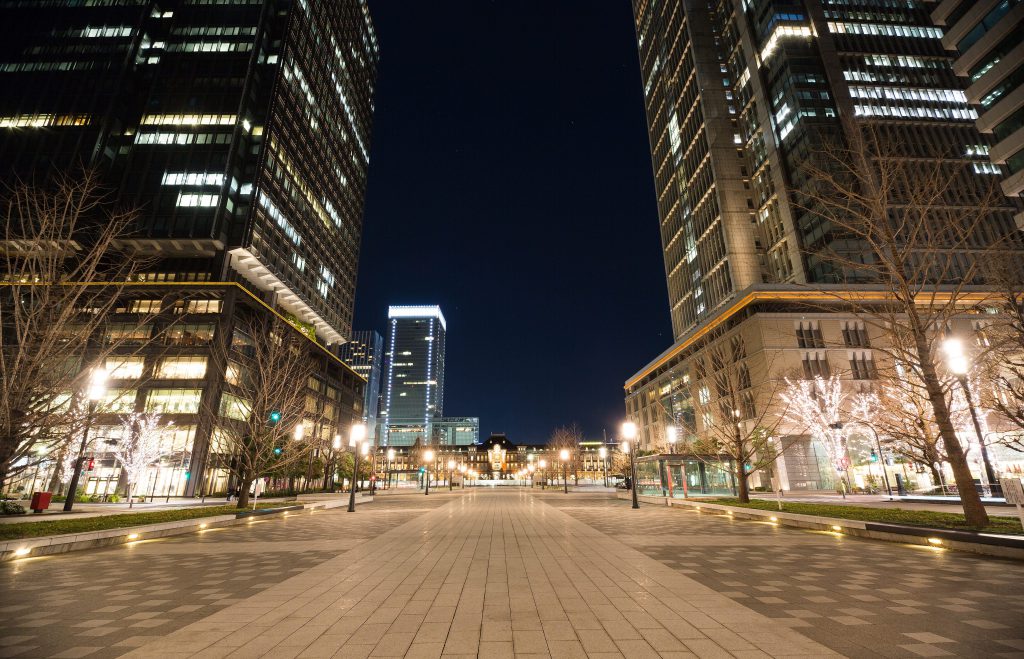
Let’s Visit the “Mitama Matsuri”!
Location: Yasukuni Shrine (3-1-1 Kudankita, Chiyoda-ku, Tokyo)
Date: Mid-July every year
Access: 5-minute walk from Kudanshita Station on the Tokyo Metro; 10-minute walk from JR Ichigaya or Iidabashi Stations
URL: Yasukuni Shrine Official Website
Mitama Matsuri is a summer festival at Yasukuni Shrine that started in Showa 22 (1947). It is now cherished as a Tokyo summer tradition, with approximately 30,000 lanterns illuminating the area around Yasukuni Shrine during the festival period. At night, the shrine grounds are enveloped in a fantastic atmosphere created by the glowing lanterns. Every evening, various rituals are performed at the main hall, and there are offerings such as mikoshi (portable shrine) dancing and the Aomori Nebuta.
The lanterns displayed at Mitama Matsuri are called “Kento” and are hung to express gratitude to the spirits of the departed and to pray for a peaceful world. These lanterns can be sponsored by anyone for a fee.
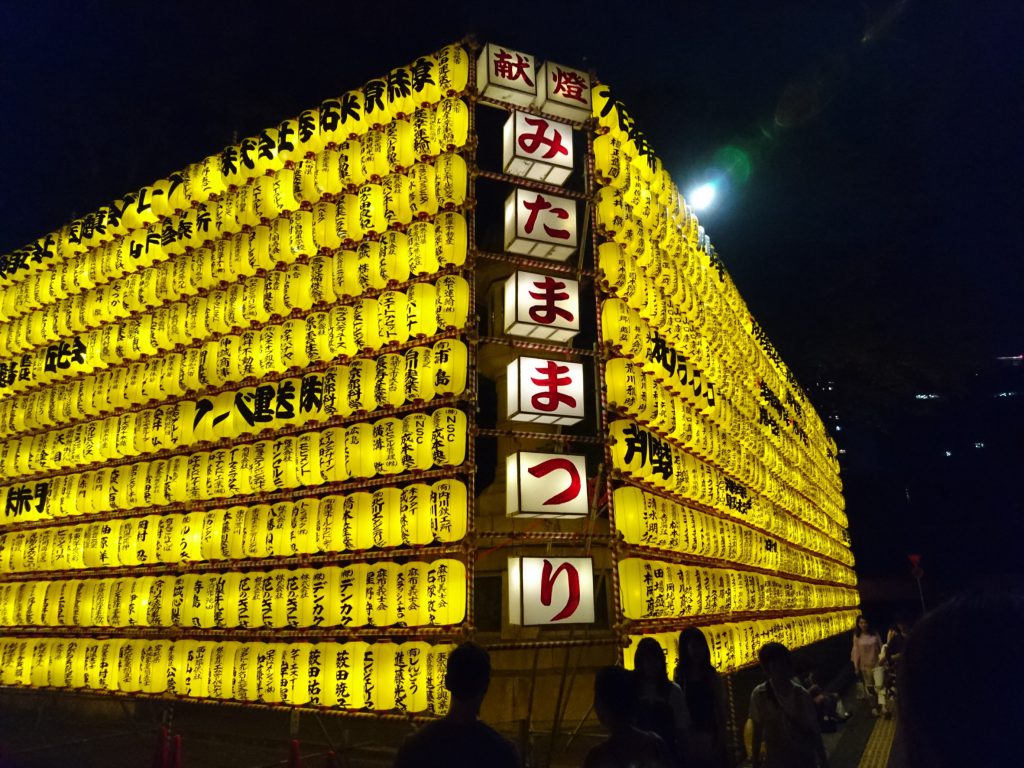
My Visit to the Festival!
I recently visited the festival to see it firsthand. Here’s a summary of my experience (visit date: July 16, 2018).
First, I headed to the exit for Yasukuni Shrine at Kudanshita Station. After taking the escalator up and walking straight, you’ll see a sign made of lanterns (as shown in the image below), making it easy to find your way. The proximity of the venue to the station means there’s some crowding from Kudanshita Station (Yasukuni Shrine exit), so be cautious. I arrived at the station around 8 PM, and it was already quite crowded and hot.
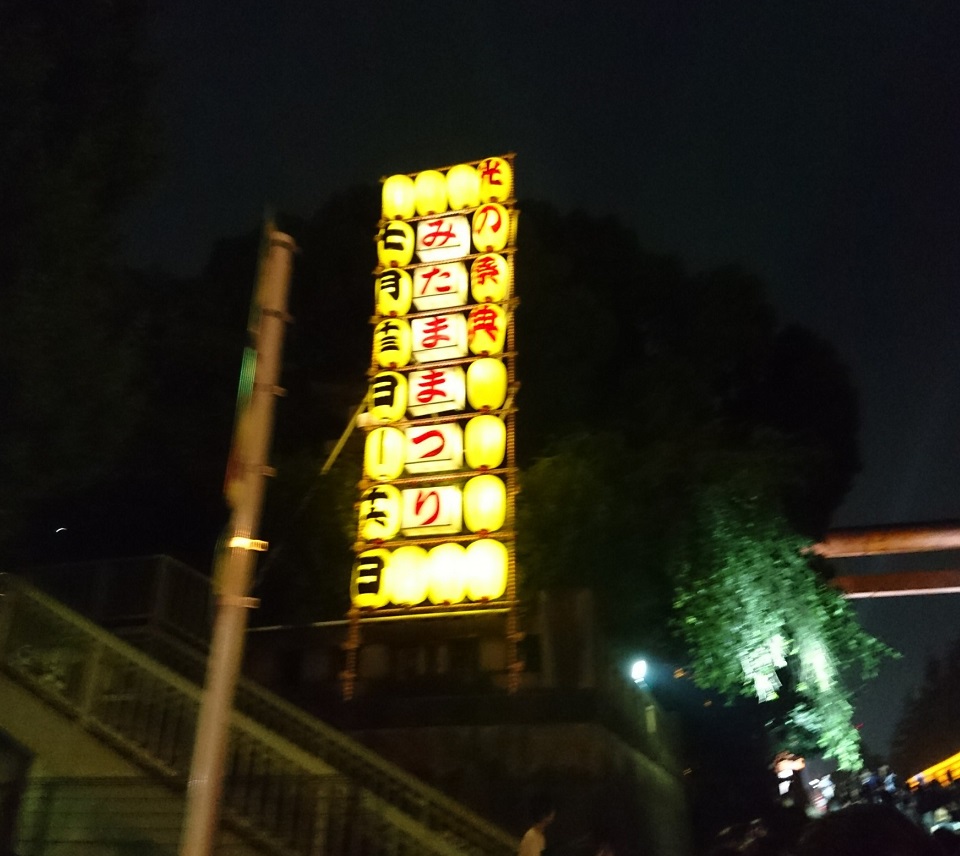
Once you pass this sign, the venue is right in front of you. The massive torii gate stands proudly, and beyond it stretches a wall of light created by lanterns leading into the Yasukuni Shrine grounds. Passing through the torii feels like entering a different world, enveloped in gentle light that creates a superb atmosphere.
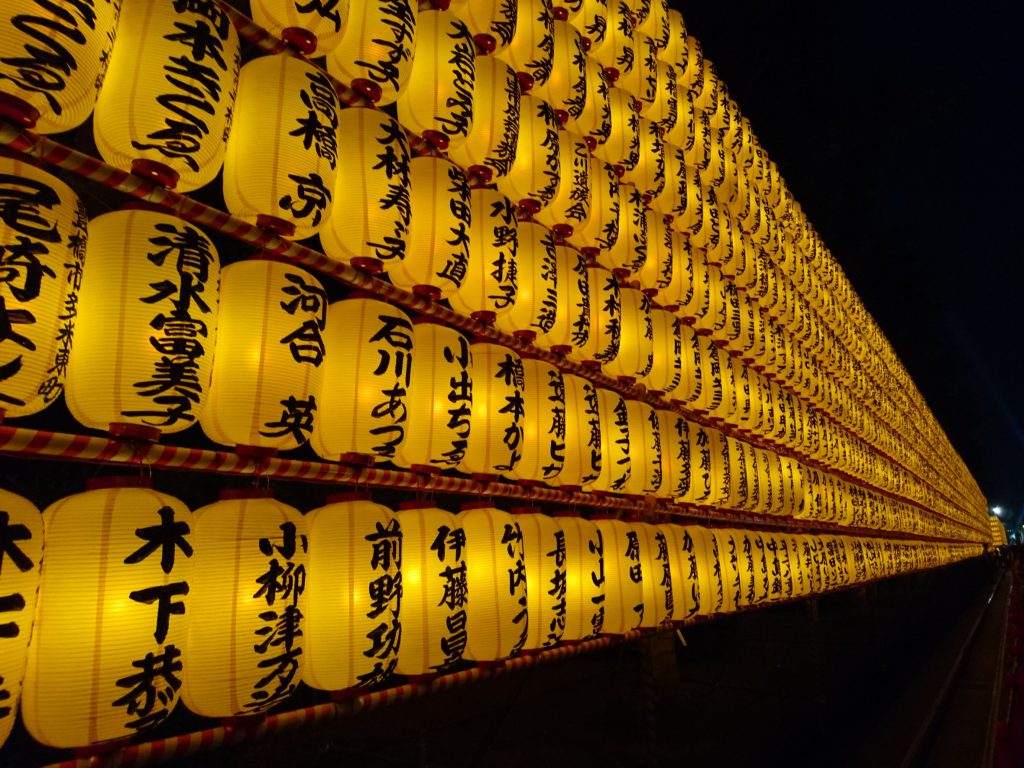
However, it is very crowded and hot. Many people are taking selfies and stopping abruptly, so you need to be careful as you walk.
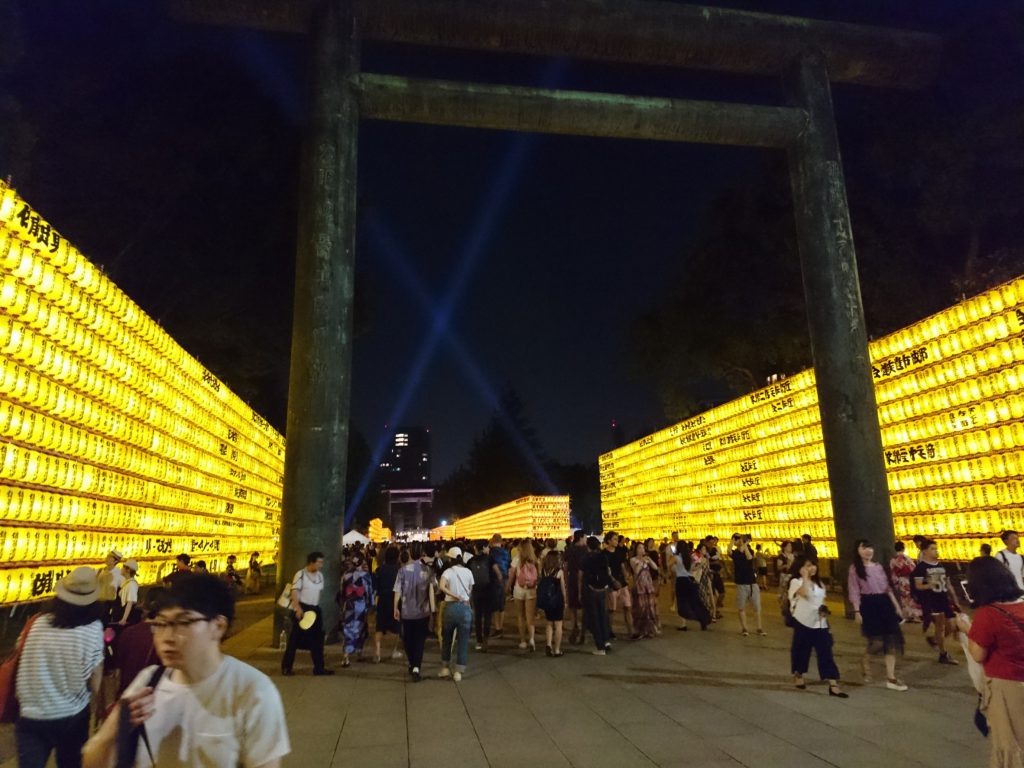
After passing through the torii and walking for a while, you’ll reach an open area. This circular plaza has a central stage where Bon Odori (traditional Japanese dance) is performed. People form a circle around the stage and dance. While the number of stalls was limited to about 20-30 this year, they returned after being banned since 2015.
This plaza was the most crowded area of the venue, with difficulty moving forward and extreme heat, making it quite exhausting. However, to reach Yasukuni Shrine, you must pass through this area, so perseverance is key.
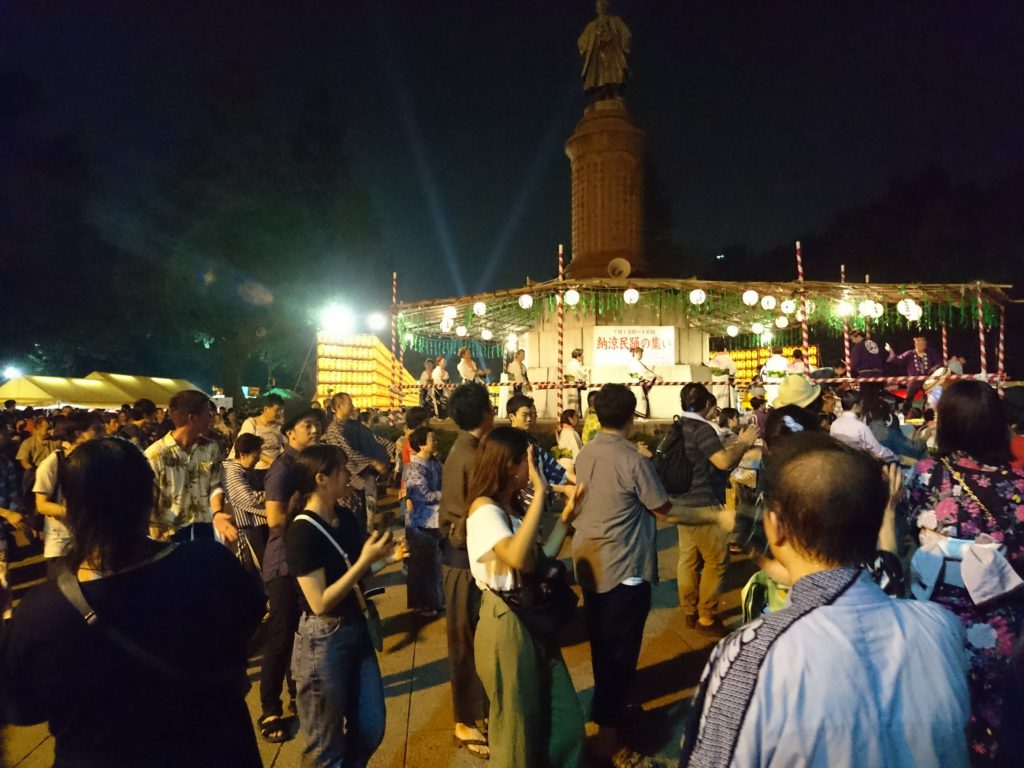
Proceeding further past the plaza, Yasukuni Shrine comes into view. The shrine grounds are adorned with countless lanterns, creating a unique atmosphere different from usual. Unlike the plaza and the approach, the shrine grounds were relatively less crowded. If you have time, you can even queue for a bit to pay your respects.
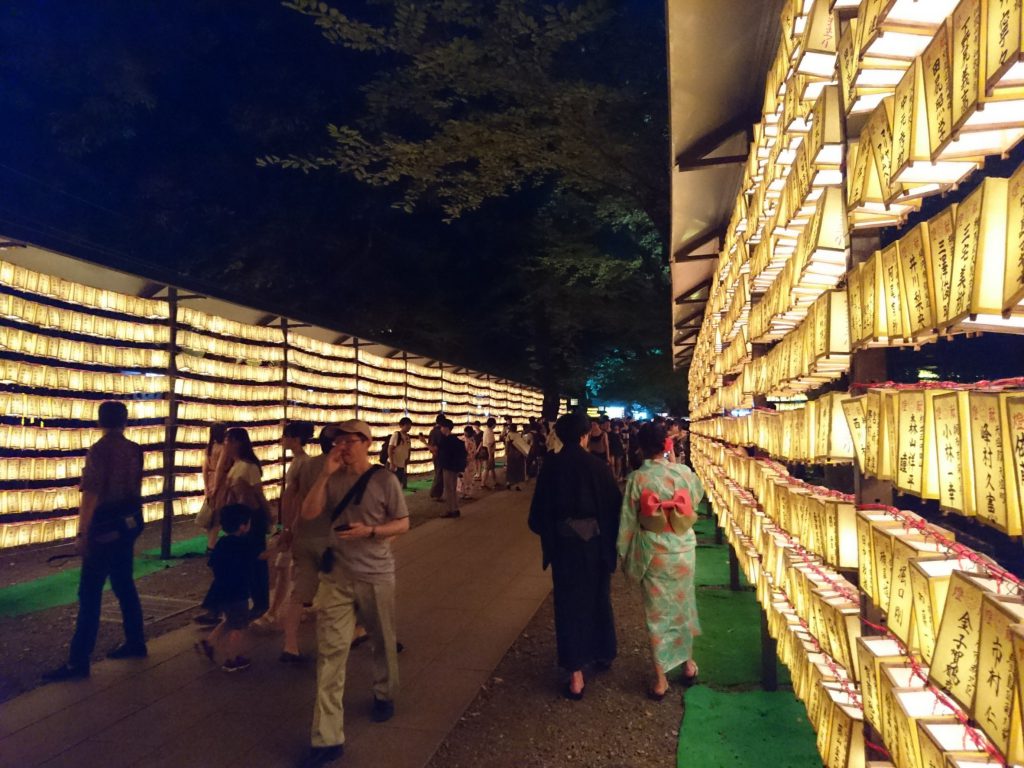
There were rituals taking place, but unfortunately, I couldn’t see them due to the crowd. If you wish to observe the rituals, it’s recommended to check the schedule in advance and arrive early.
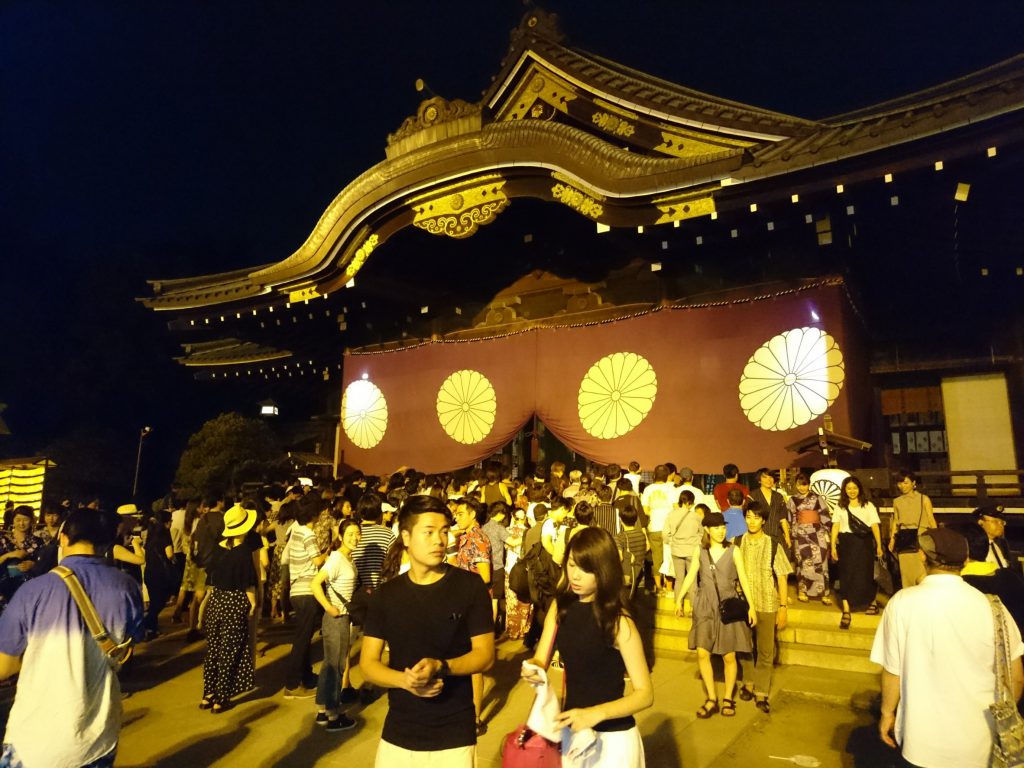
I also missed seeing the mikoshi dancing and the Aomori Nebuta offerings. It seems I arrived too late. However, I did manage to spot the Aomori Nebuta on display. Though smaller in size, its high quality and impressive presence were remarkable.
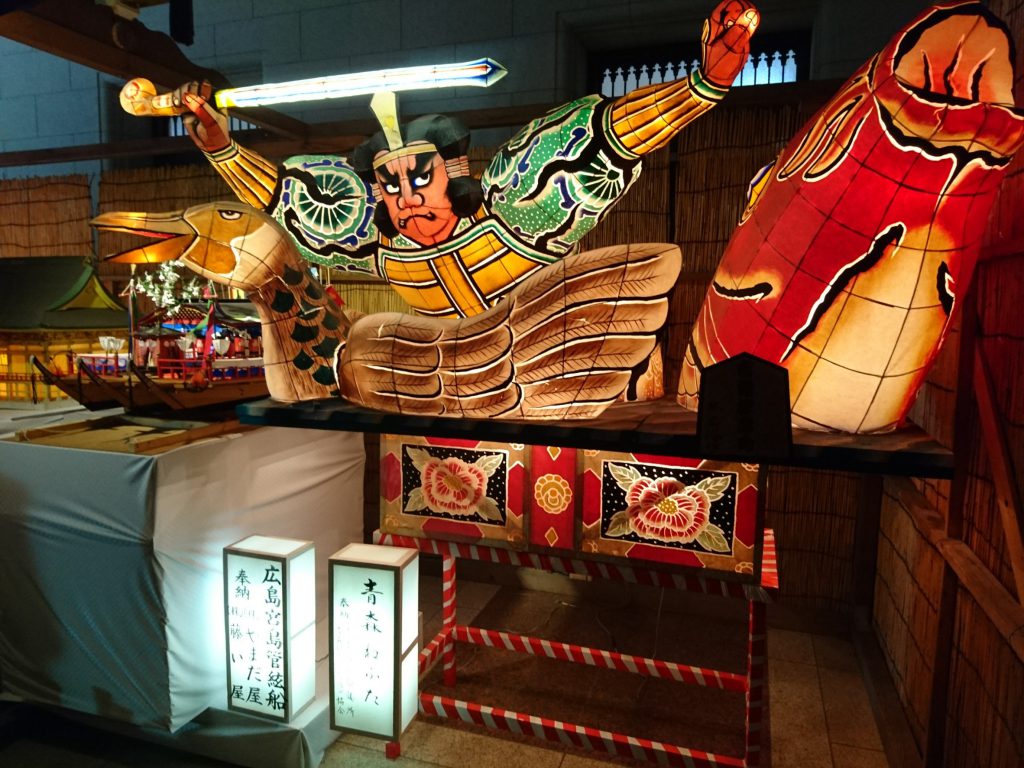
Where Are the Restrooms?
I found two restrooms. The first is near the plaza on the approach, next to the dining area. The second is inside Yushukan, a museum adjacent to Yasukuni Shrine displaying related historical artifacts.
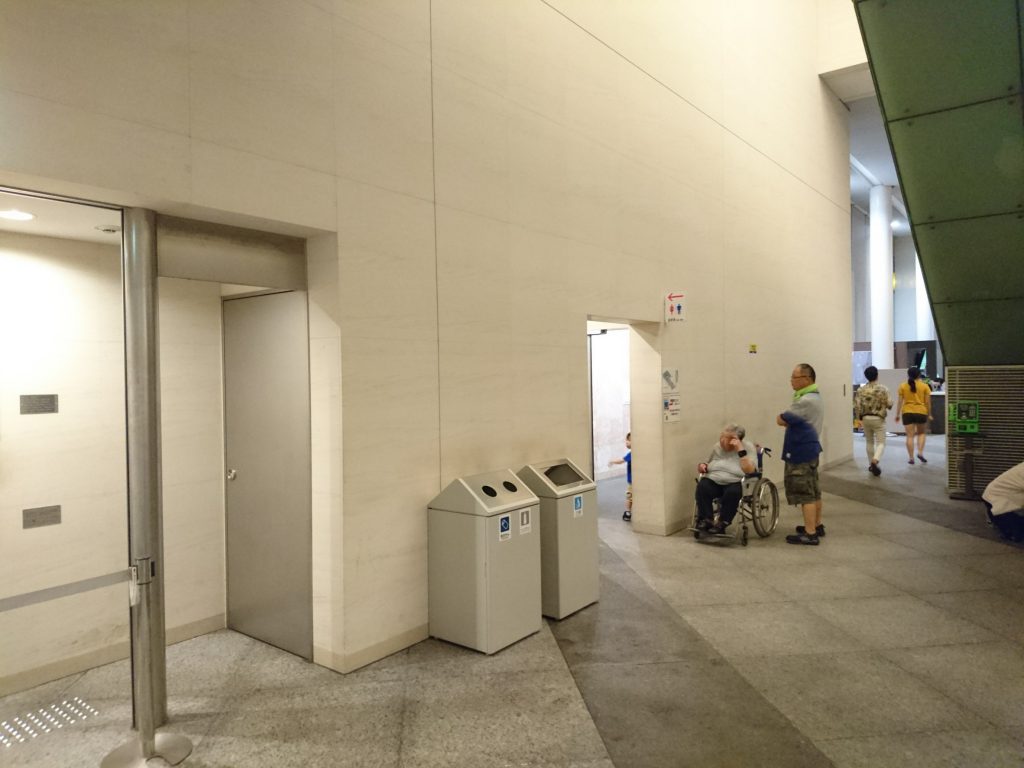
The air-conditioned Yushukan is perfect for a break. Given the intense heat, I was reluctant to leave the Yushukan. It features exhibits of wartime heavy artillery, so taking a look while resting might be interesting.
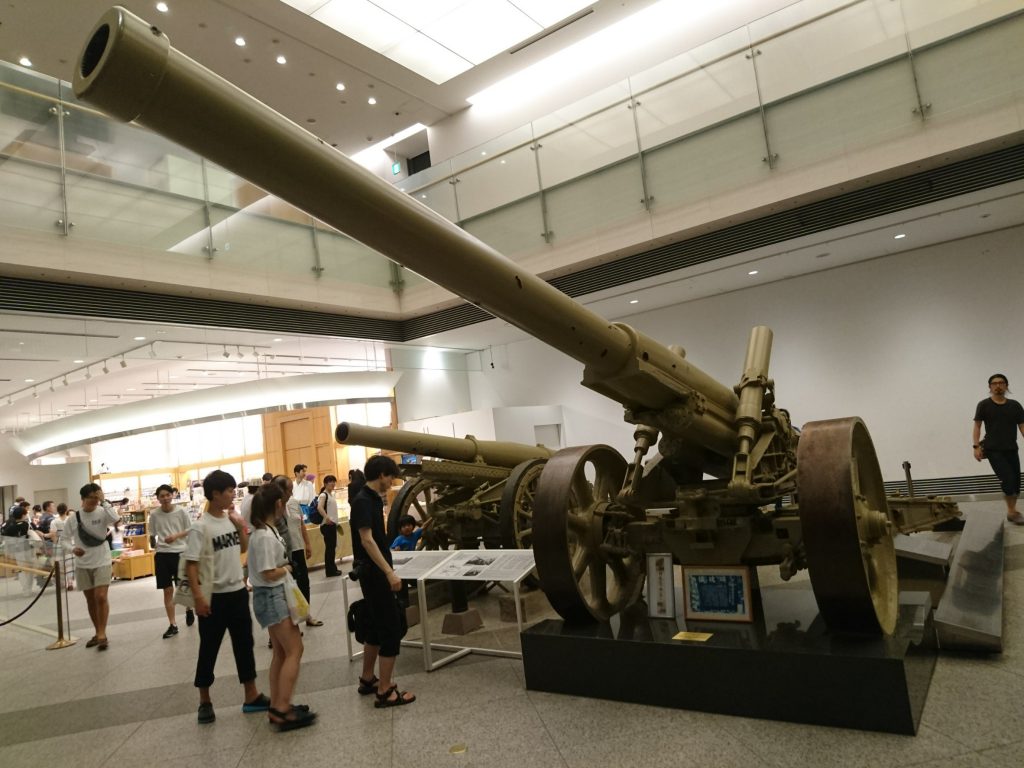
The Atmosphere Is Fantastic!
Despite past concerns about the lack of stalls and safety, my visit revealed a well-organized and lively atmosphere. The festival was bustling with couples and women in yukata (summer kimono). Stalls added to the excitement, though the heat and crowding were overwhelming. I strongly recommend bringing drinks and preparing for some waiting time at the stalls. If the temperatures were cooler, I would definitely consider visiting again.
(Editor: 千八乃)


